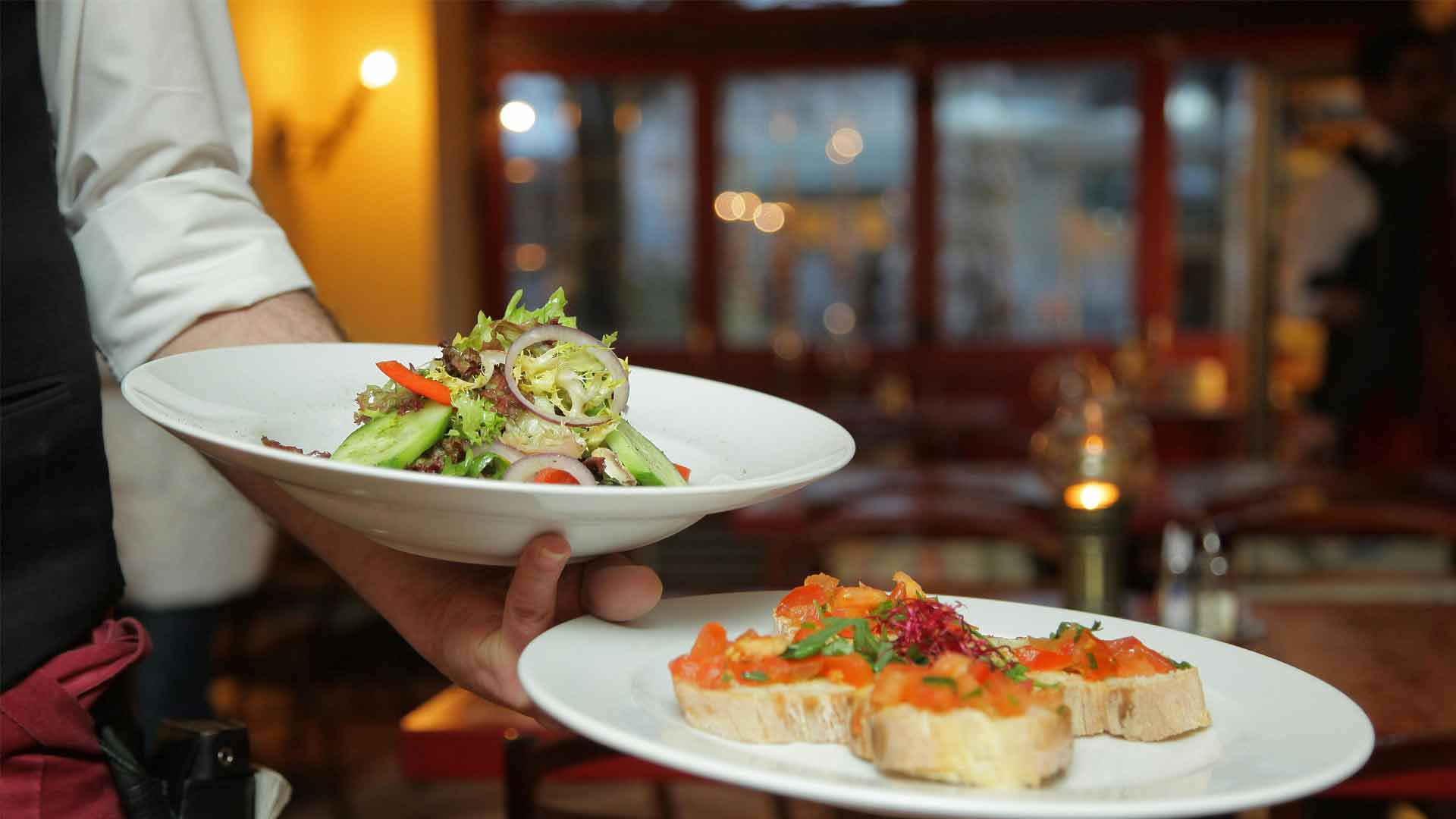Tag: Restaurant
From Spices to Silverware
From Spices to Silverware: A Culinary Journey Through Time
The story of humanity is inextricably linked to the story of its food. Every meal we eat is the culmination of thousands of years of exploration, innovation, trade, and cultural exchange. It’s a narrative that begins with the most fundamental of ingredients and evolves into the complex rituals of the modern dining table. This incredible evolution, a journey "From Spices to Silverware," reveals more about our history than many textbooks ever could. Understanding this culinary history enriches not just our knowledge, but our appreciation for every bite.
Our journey begins in the ancient world, an era dominated by the quest for flavor and preservation: the age of spices. Long before refrigeration, spices like black pepper, cloves, cinnamon, and nutmeg were worth more than gold. They were not just flavor enhancers; they were essential for preserving meat, served as medicinal remedies, and were central to religious ceremonies. The incredible demand for these aromatic treasures fueled the creation of the world's first global supply chains. The Spice Trade connected distant civilizations, from the Spice Islands of Indonesia to the bustling markets of Europe, leading to epic voyages of discovery, the rise and fall of empires, and a profound exchange of culture and ideas. The history of spices is, in essence, the history of global connection.
While the ingredients were becoming more complex, the act of eating remained remarkably simple for centuries. In ancient Rome and throughout the medieval period, dining was a highly communal and tactile affair. People often ate with their hands, using a personal knife to cut meat and a piece of bread, known as a trencher, to sop up juices and sauces. Food was served on large platters in the center of the table, fostering a sense of shared experience. The concept of a personal place setting was entirely foreign. This era highlights the deep cultural significance of food as a tool for community and social bonding, a stark contrast to the individualized dining we often practice today.
The great shift in the evolution of dining began with the introduction of a simple, yet revolutionary, tool: the fork. While used in the Byzantine Empire for centuries, the fork was met with suspicion and even ridicule when it arrived in Western Europe. It was seen as an overly delicate, artificial, and unnecessary implement. However, during the Italian Renaissance, a new emphasis on refinement, cleanliness, and individualism began to take hold. The fork slowly gained acceptance among the aristocracy as a symbol of status and civility. Its adoption fundamentally changed the dining experience, paving the way for the full set of silverware—the fork, spoon, and knife—that now defines a formal place setting. This transition from hands to cutlery marks a pivotal moment in the history of dining etiquette.
Today, we live at the incredible intersection of this long and fascinating journey. Our kitchens are stocked with spices from every corner of the globe, a direct legacy of the ancient spice traders. Our tables are set with silverware, a practice born from Renaissance refinement. Modern culinary traditions are a beautiful fusion of this shared history, allowing us to explore the world through its flavors. We can taste the history of trade in a fragrant curry, the legacy of communal feasts in a family-style Italian meal, and the height of dining evolution in a meticulously plated gourmet dish. The accessibility of global cuisine means we can now easily find some of the best international food experiences, continuing this story of cultural exchange in our own homes.
So, the next time you sit down for a meal, take a moment to consider the profound history on your plate and in your hands. From the perilous journey of a single peppercorn to the intricate design of your fork, you are participating in a timeless human ritual. The journey from spices to silverware is not just about the evolution of food and tools; it's the story of our collective journey toward connection, culture, and civilization itself.
